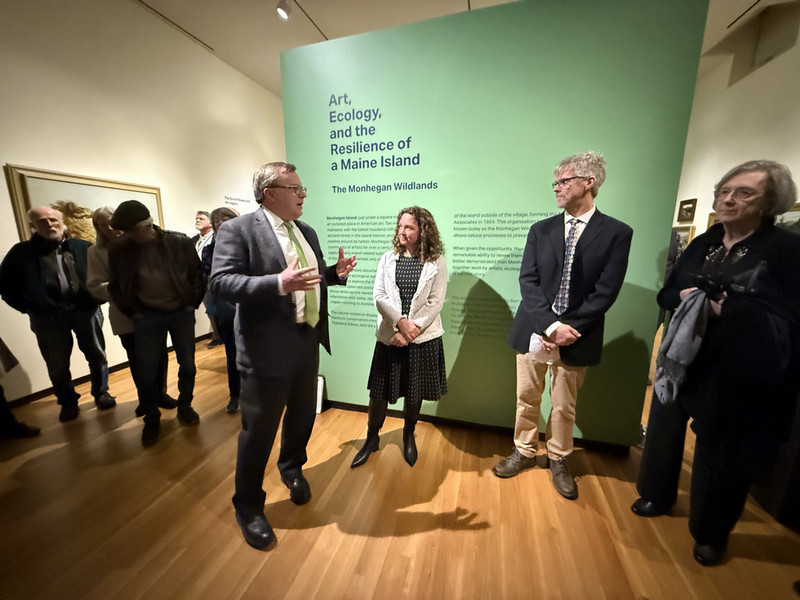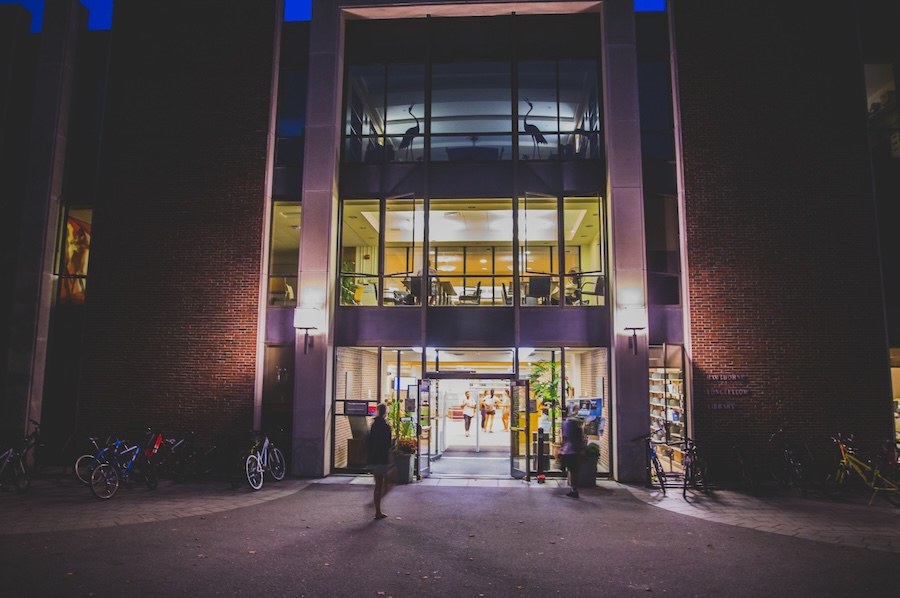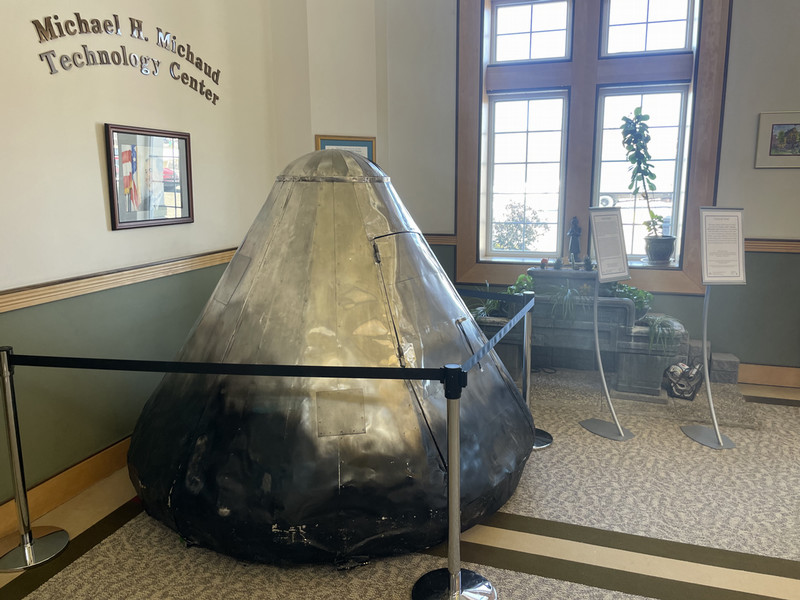First Exhibition to Examine Painter Winslow Homer’s Use of Photography opens at the Bowdoin College Museum of Art on June 23
By Bowdoin College Museum of Art
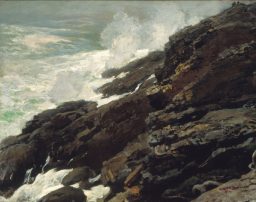
Taking this shift and the artist’s penchant for experimentation across mediums as a point of departure, Winslow Homer and the Camera questions how new visual technology impacted the artist’s production and engagement with subjects and unveils how photography became increasingly a part of Homer’s visual investigation and broader creative practice.
“We are thrilled to present Winslow Homer and the Camera this June,” said Frank Goodyear, co-director and organizer of the exhibition. “Since the generous gift of Homer’s camera, my colleague Dana Byrd and I have been engaged in understanding how Homer’s interest in photography influenced his own artistic identity. This exhibition allows us to consider how Homer’s experimentation with photography solidifies the artist as a proto-modern figure, anticipating many of the trends and concerns of American and European artists who followed.”
“The opportunity to examine Homer, a well-loved and well- researched figure of American art, anew, has been so rewarding,” says Dana E. Byrd, “Utilizing the Museum’s extensive collection of the artist’s work, Frank and I have uncovered a new facet of Homer, and we hope this pioneering framework will lead to continued revelations of how the iconic painter engaged with the modern world.”
While Winslow Homer and the Camera: Photography and the Art of Painting draws principally from the BCMA’s Winslow Homer Collection, the exhibition will also feature works on loan from twenty-five institutions and collectors from across the United States.
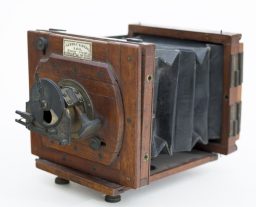
Following its presentation at the BCMA, the exhibition will travel to the Brandywine River Museum of Art in Chadds Ford, Pennsylvania. Museum Director Thomas Padon noted, “Homer defined the look of America in the second half of the 19th century and is central to key artists in our collection, which gives the exhibition particular resonance here at Brandywine.”
An illustrated catalogue of the same title authored by Byrd and Goodyear and published by Yale University Press will accompany the exhibition. The catalogue will serve as a significant contribution to the study of Winslow Homer and the cross-disciplinary study of painters and photography in American art.
The Museum is also pleased to announce a series of exhibition-related public programs throughout the summer and fall, featuring an array of perspectives on Homer, from art historians to fly fishermen. Highlights include:
- A keynote program led by exhibition co-curators Frank H. Goodyear III and Dana E. Byrd, providing an orientation to the exhibition’s themes in conjunction with the exhibition’s opening;
- Gallery talks by art historians Susan Danly and Linda Docherty
- Music performances by faculty from the Bowdoin International Music Festival inspired by the exhibition

